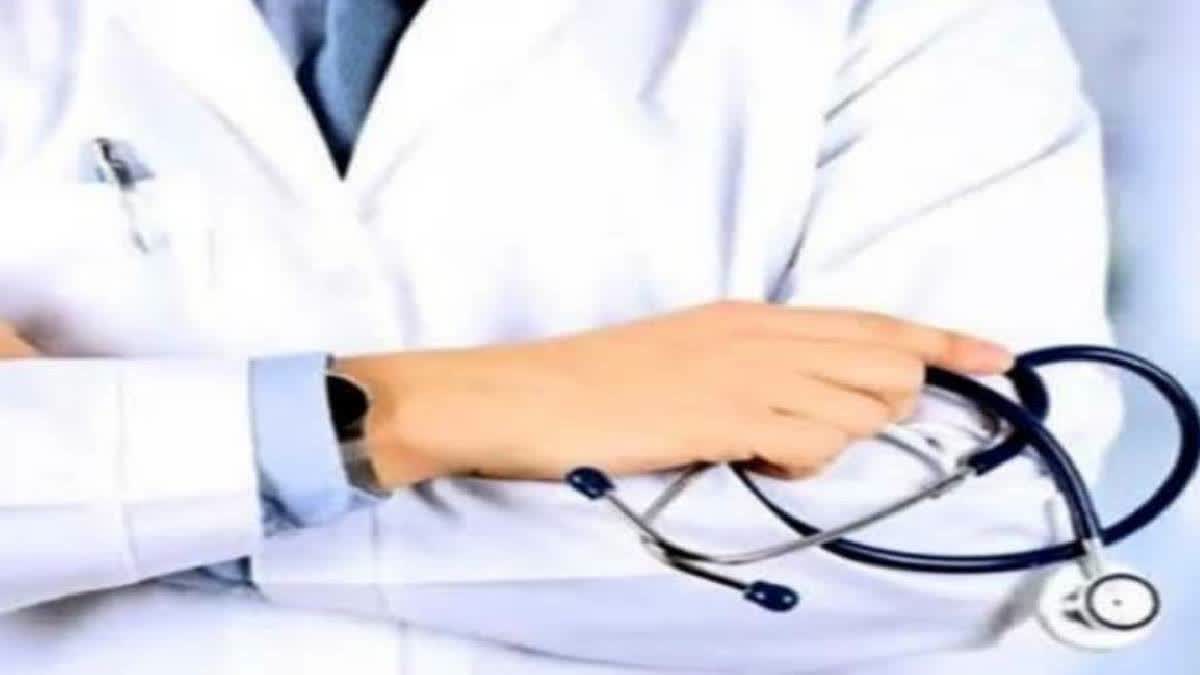New Delhi: Dr VK Paul, a member of Niti Aayog, said India has registered a decline from 64.2% in 2013-14 to 39.4% in 2021-22 in out-of-pocket expenditure out of total health expenditure which is a very positive indicator.
He said the government's health expenditure share in total GDP increased from 1.13% in 2014-15 to 1.84% in 2021-22. Paul was addressing the launch ceremony of the National Health Account (NHA) estimates for India 2020-21 and 2021-22 prepared by the Union Health Ministry.
“The methodology used for these estimates has improved over the last nine years and has resulted in a more robust and accurate account of the government’s expenditure on health,” Dr Paul said.
He said that more than Rs 1 lakh crore savings have accrued from the Ayushman Bharat PMJAY and this has had a positive impact on the recent NHA estimates. Other schemes like the Free Dialysis scheme, launched in 2015-16, have benefited 25 lakh people.
Speaking on the occasion, Union Health Secretary Apurva Chandra said, “A substantial increase has been noticed in the health expenditure of the government while the out-of-pocket expenditure has come down which is a good sign.” He highlighted the increase in total health expenditure which reflects the emphasis of the government towards health.
The NHA estimates are based on the globally accepted framework of ‘A System of Health Accounts (SHA), 2011’ which facilitates inter-country comparisons. This report provides a systematic description of the financial flows in India’s health system from different sources, how the money is spent, how healthcare is provided, and the nature of healthcare services that are used.
The NHA estimates for 2021-22 showed government expenditure for healthcare continued to increase, highlighting the efforts of the government to increase public investments in the health sector. In terms of share in the general government expenditure, it has increased from 3.94% in 2014-15 to 6.12% in 2021-22.
In per capita terms, GHE has tripled from Rs 1,108 to Rs 3,169 between 2014-15 and 2021-22. The government spending on health between 2019-20 and 2020-21 increased by 16.6%, while between 2020-21 and 2021-22 by an unprecedented 37%, highlighting the proactive role played by the government in tackling the Covid-19 pandemic.
The increase in government spending on health has an important implication for the reduction of the financial burden endured by households. In the Total Health Expenditure (THE) of the country between 2014-15 and 2021-22, the share of government has increased from 29% to 48%. During the same period, the share of out-of-pocket expenditure in total health expenditure declined from 62.6% to 39.4%.
The continuous decline in the overall health spending vindicates the substantial efforts made by the government in the progress towards ensuring financial protection and Universal Health Coverage for citizens.
Another positive trend in the country’s health financing space is the increase in Social Security Expenditure (SSE) on healthcare which has a direct impact on reducing out-of-pocket payments. A robust social security mechanism ensures that individuals will not face financial hardships and the risk of poverty as a consequence of accessing essential healthcare services. The share of Social Security Expenditure on health, which includes government-funded health insurance, medical reimbursement to government employees, and social health insurance programs, in total health expenditure, has increased from 5.7% in 2014-15 to 8.7% in 2021-22.
Also Read:



